Primate Intestinal Nematode Parasitology
1/7
There's no tags or description
Looks like no tags are added yet.
Name | Mastery | Learn | Test | Matching | Spaced |
|---|
No study sessions yet.
8 Terms
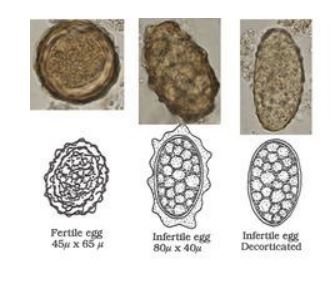
Ascaris lumbricoides
• Size: Fertilized 45-85µm, unfertilized 75-110µm
• Color: yellow to brownish, thick shell with albumin coating and mammillations
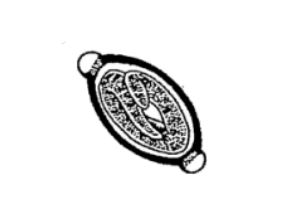
Trichuris trichiura
• Size: 50-65µm
• Lemon shape with polar plugs
• Thick smooth shell
• Yellowish brown
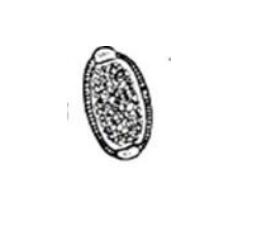
Capillaria phippinenses
• Size: 35-45um x 20-25µm
• Thick shell with smooth surface
• Color: Light yellowish or brownish
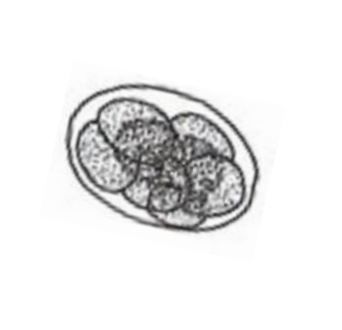
Ancylostoma duodenale / Necator americanus
Ancylostoma duodenale: adults are characterized by a prominent sclerotized buccal capsule armed with teeth and can be transmitted through skin penetration, orally and transplacentally
Necator americanus: is armed with cutting plates and can only be transmitted through skin penetration
Both: eggs are 55-80µm in size and are passed as 2, 4 or multicellular embryo. They are indistinguishable from one another, so they are reported as Hookworm.
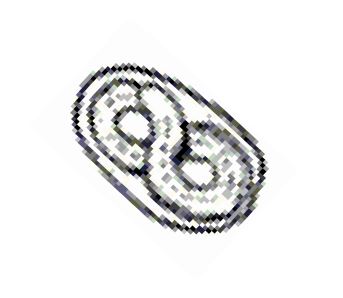
Strongyloides
• Clinical significance is same as cat and dog
• Autoinfection is possible
• May spread throughout body tissues in immunosuppressed hosts
• Important to distinguish larvae from those of the Hookworm
• Embryonated eggs may be found occasionally in fresh stool
• Similar to those of the Hookworm but have a thinner shell
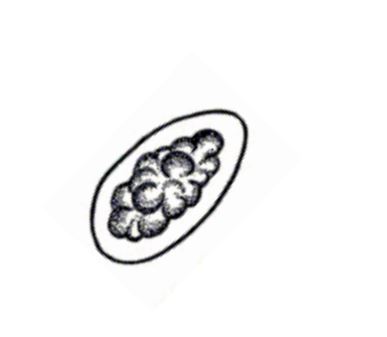
Trichostrongylus
• Can infect Primates causing diarrhea and GI upset
• Parasite of herbivores
• Size: 75-120µm
• Similar to the hookworm but usually larger and tapered at one end
• Need to differentiate larvae from those of Strongyloides and Hookworm
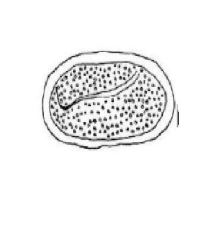
Physaloptera
• Stomach worm
• Same morphology and significance as dog and cat
• P. caucasica common in Primates
• Intermediate host is probably orthopteran (cockroaches, crickets, grasshoppers)
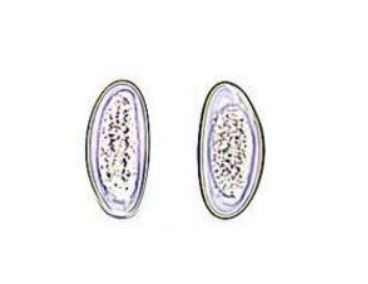
Enterobius
• Several species in the Primate • Size: 50-60µm
• Shape: one side flattened, no operculum and thin shelled
• Eggs can be carried through the air
• Probable carrier of Dientamoeba